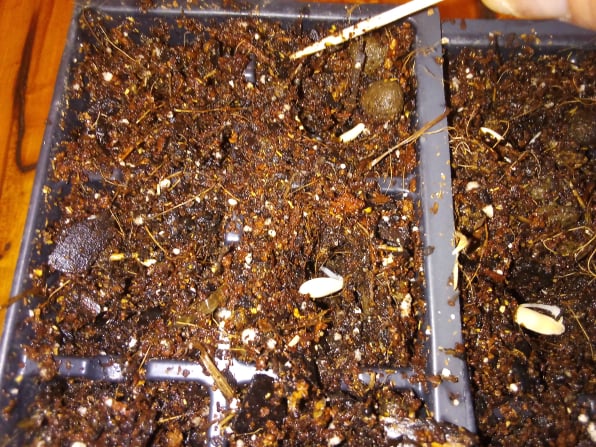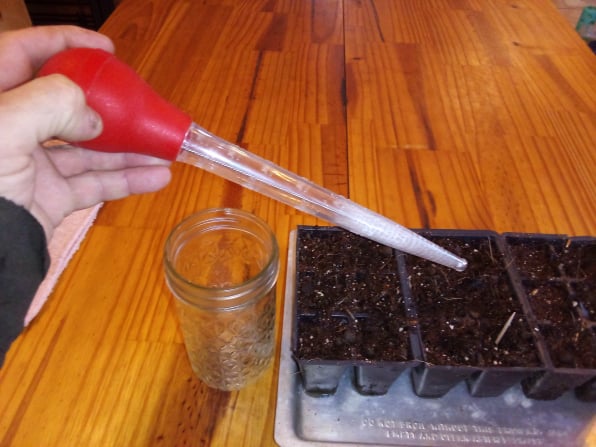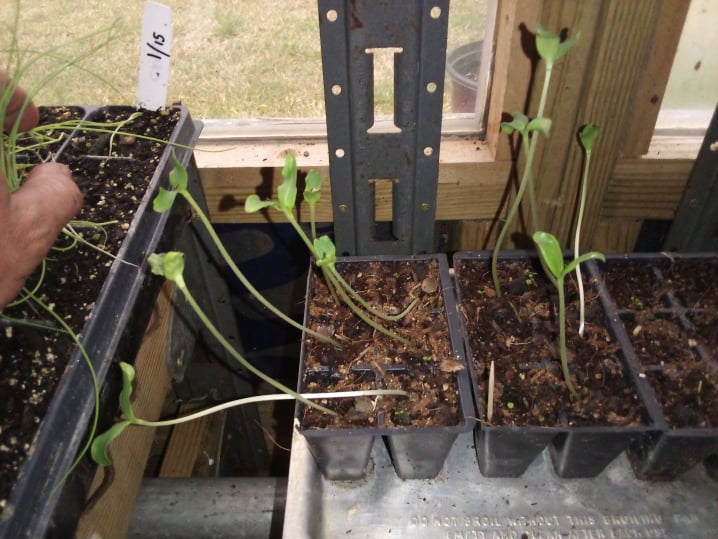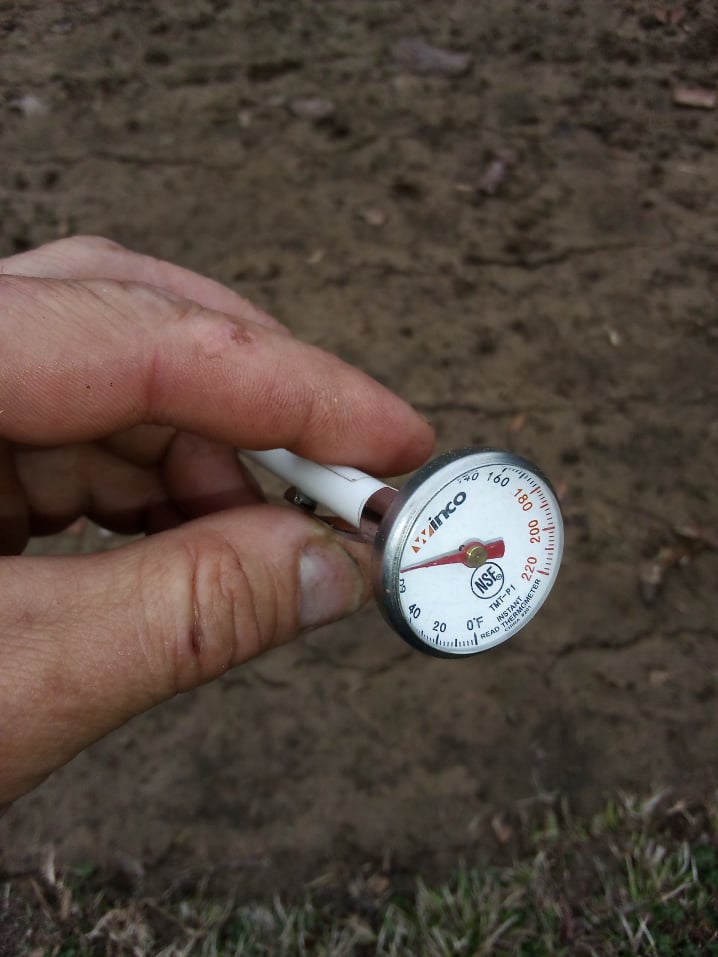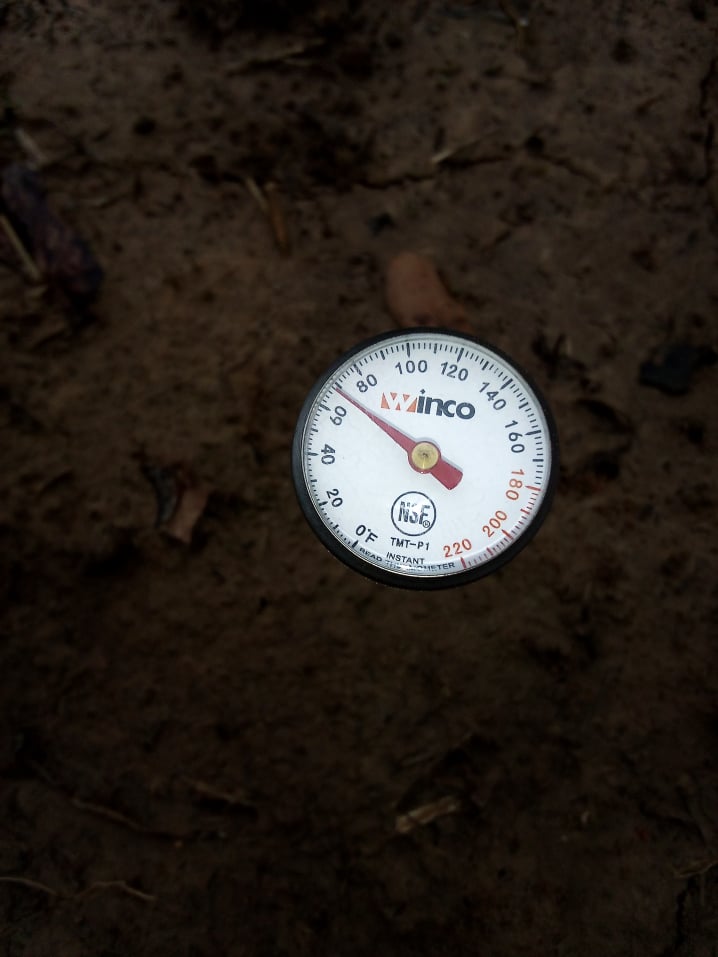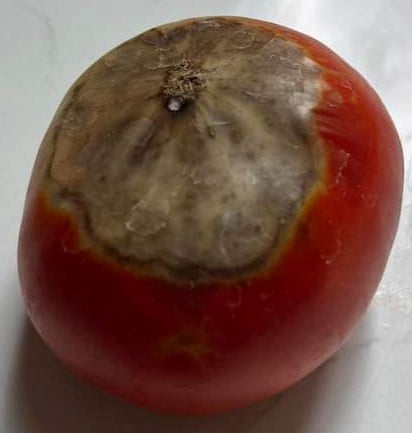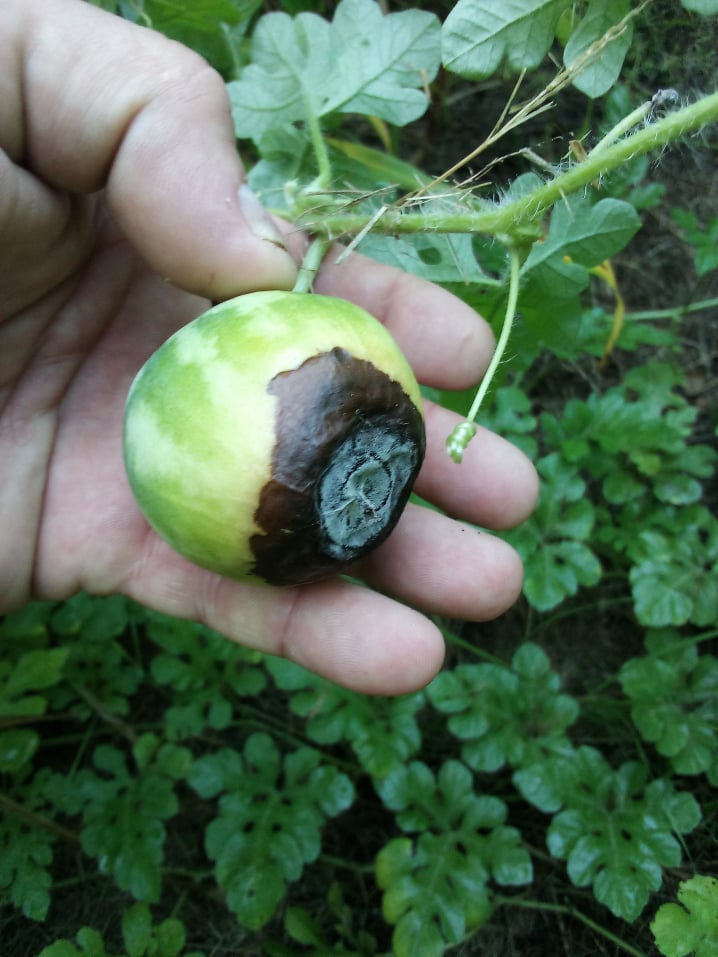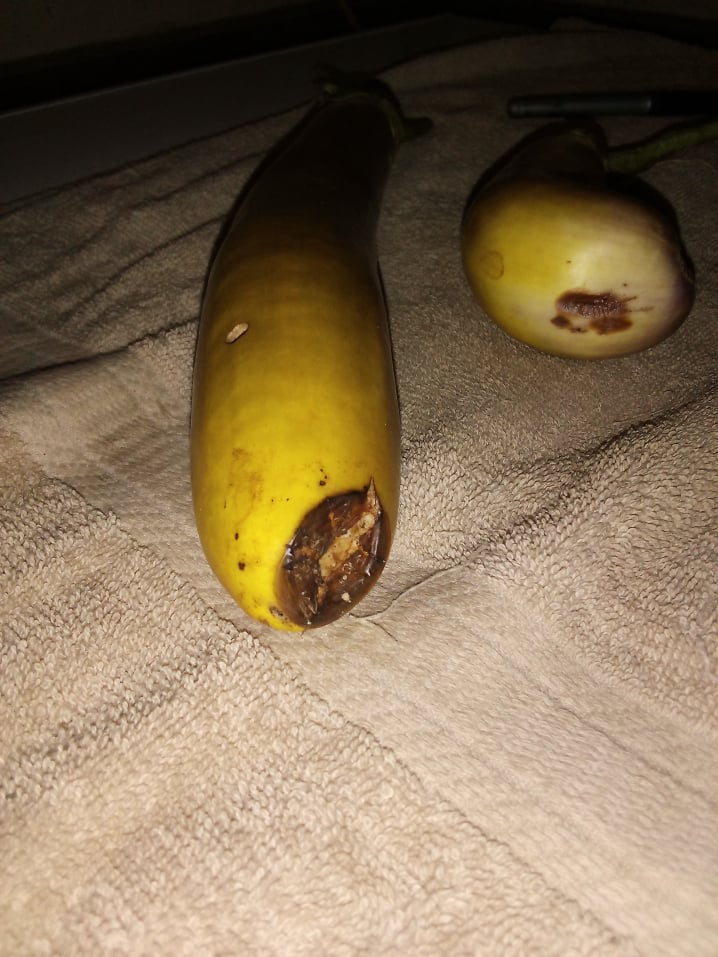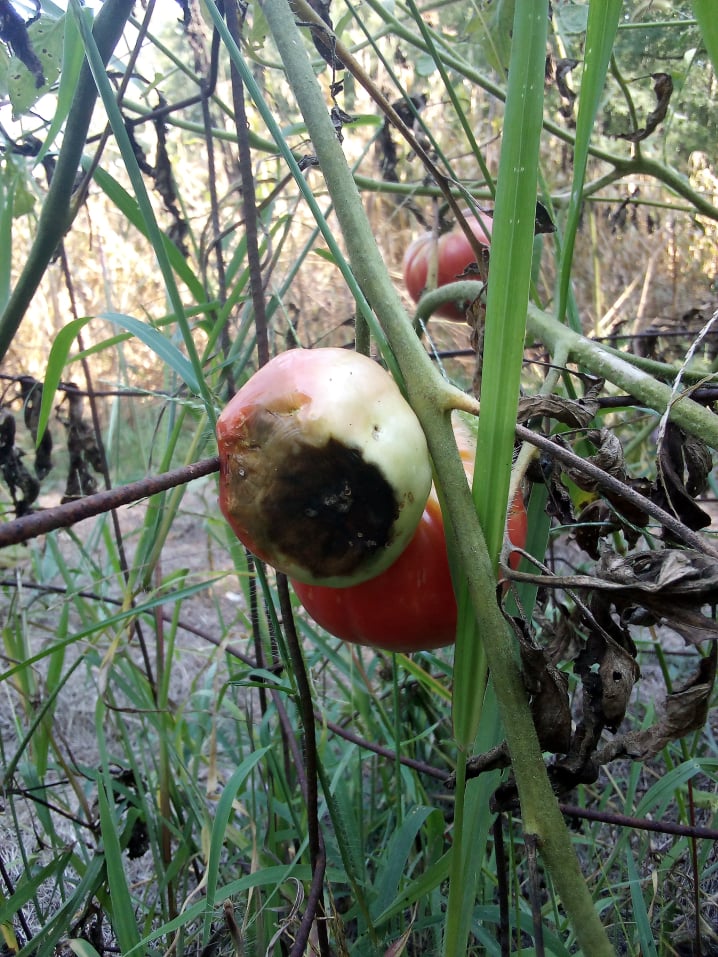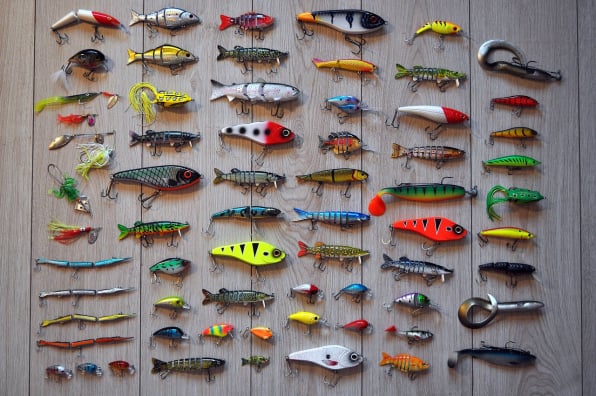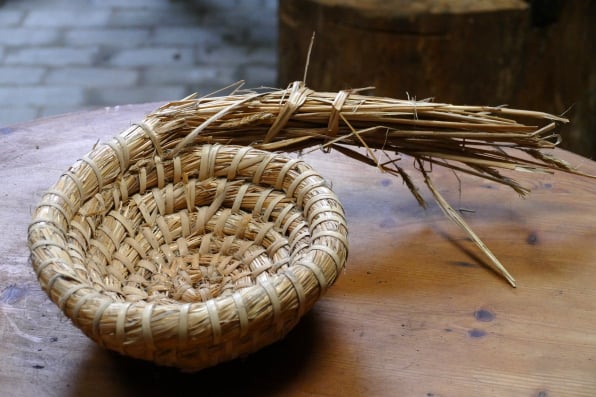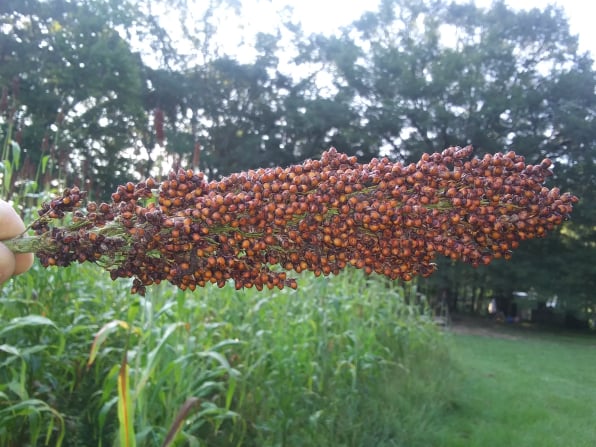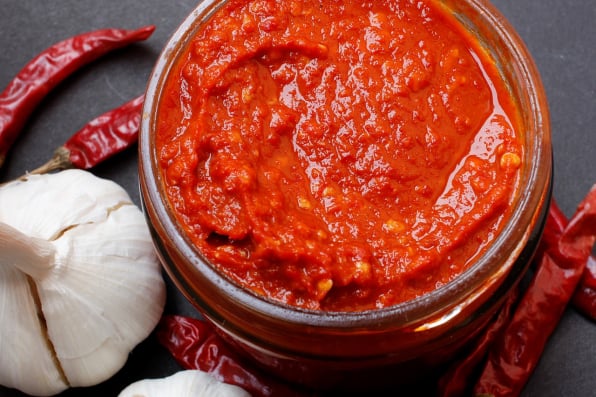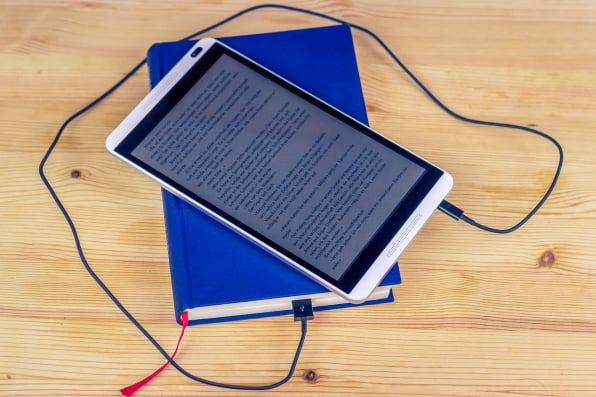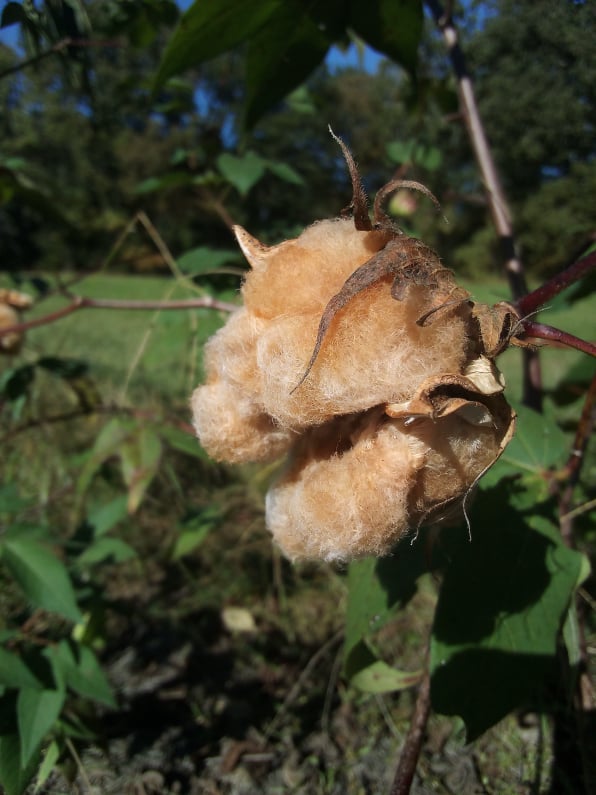Starting Indoors
note: Always label with dates! It will be helpful for sure.
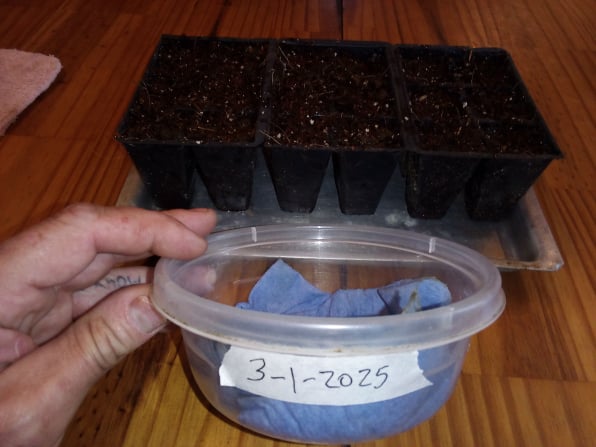
Moist Paper Towel
Fold a paper towel in half, then fold it in half again to make a square. Place in a small plastic container (don't need a lid) & place seeds in between the folds. Saturate the paper towel with water, but there should be no water pooled up in the container. We want the seeds to be moist, but we don't want to drown them. Don't let the paper towel dry out at any point during the germination process!
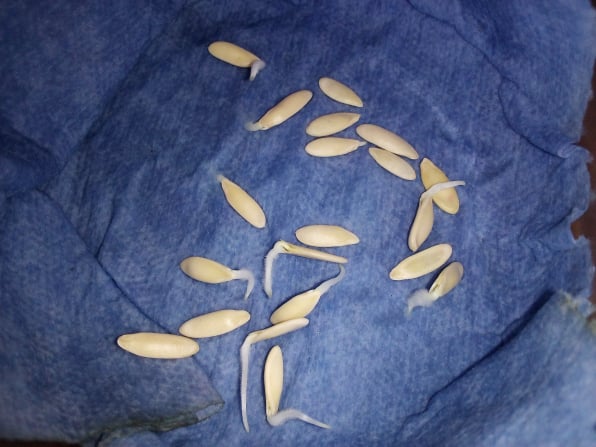
Monitor Seeds For Sprouting
Be VERY careful unfolding the paper towel to check for sprouting after 3 days. It will likely take longer to see sprouts (maybe even a couple weeks), but we don't want them to sprout & grow into the paper towel before we notice them.
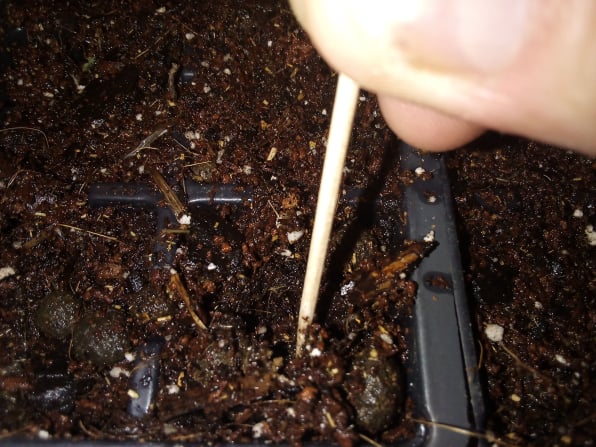
Prepare Soil
Water the soil prior to planting (moisten).
As seeds sprout (they won't all sprout at the same time), plant them in soil in a cellular pot or something similar. Six packs or 50 cells work best. The cells are roughly the size of a shot glass. Any container will do, but the size of a shot glass is what we need. Use a toothpick to create a hole about 1/2" deep to set the seed in.
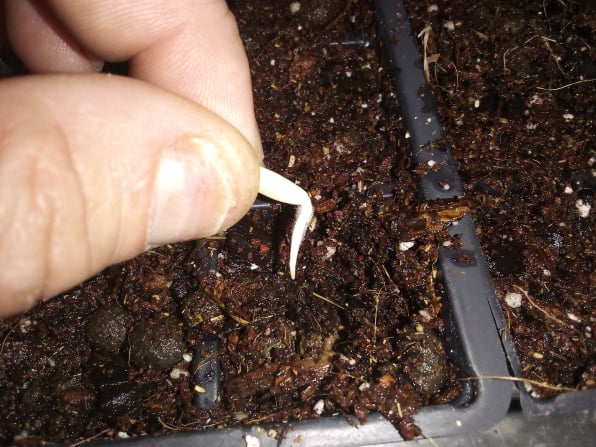
Be Gentle!
Avoid touching the root at all cost. Be extremely gentle with the sprouted seed. Lay it on its side in the bottom of the 1/2" deep hole.
